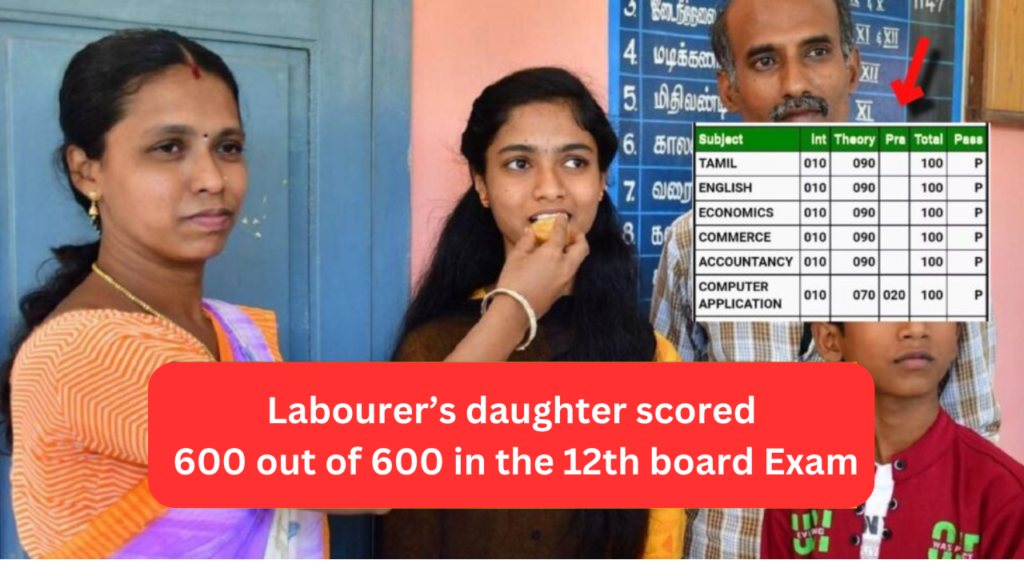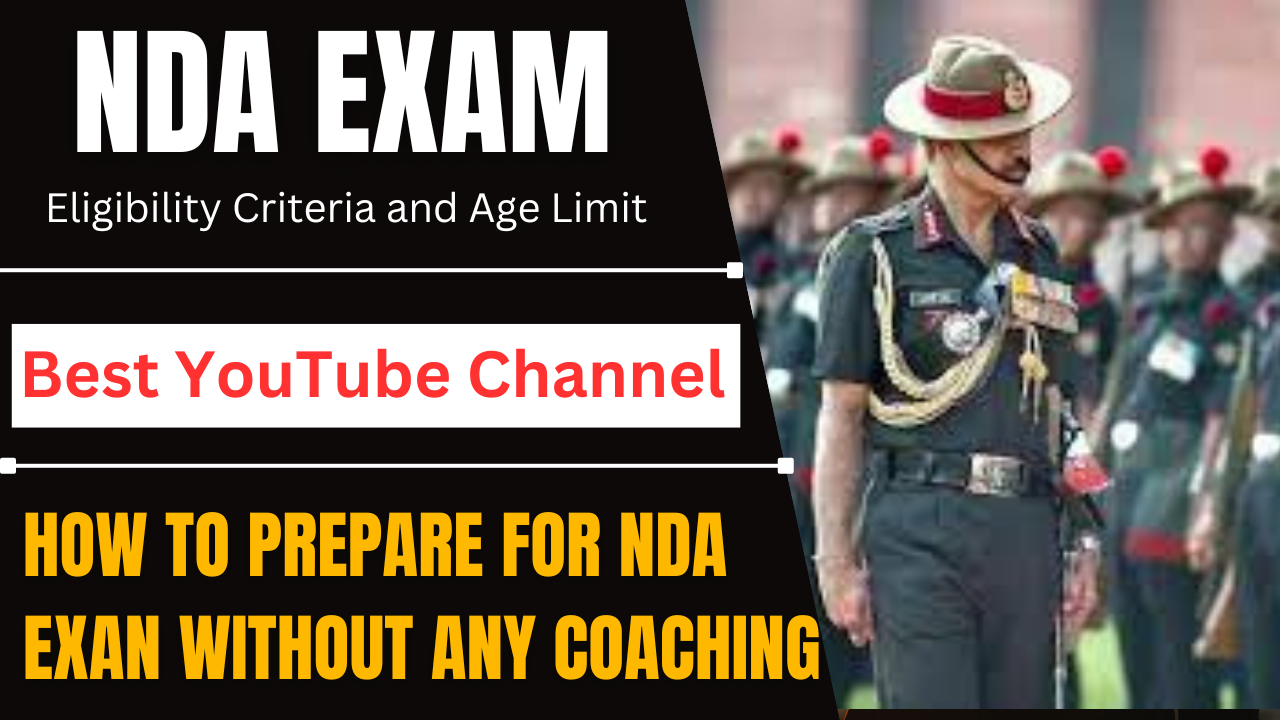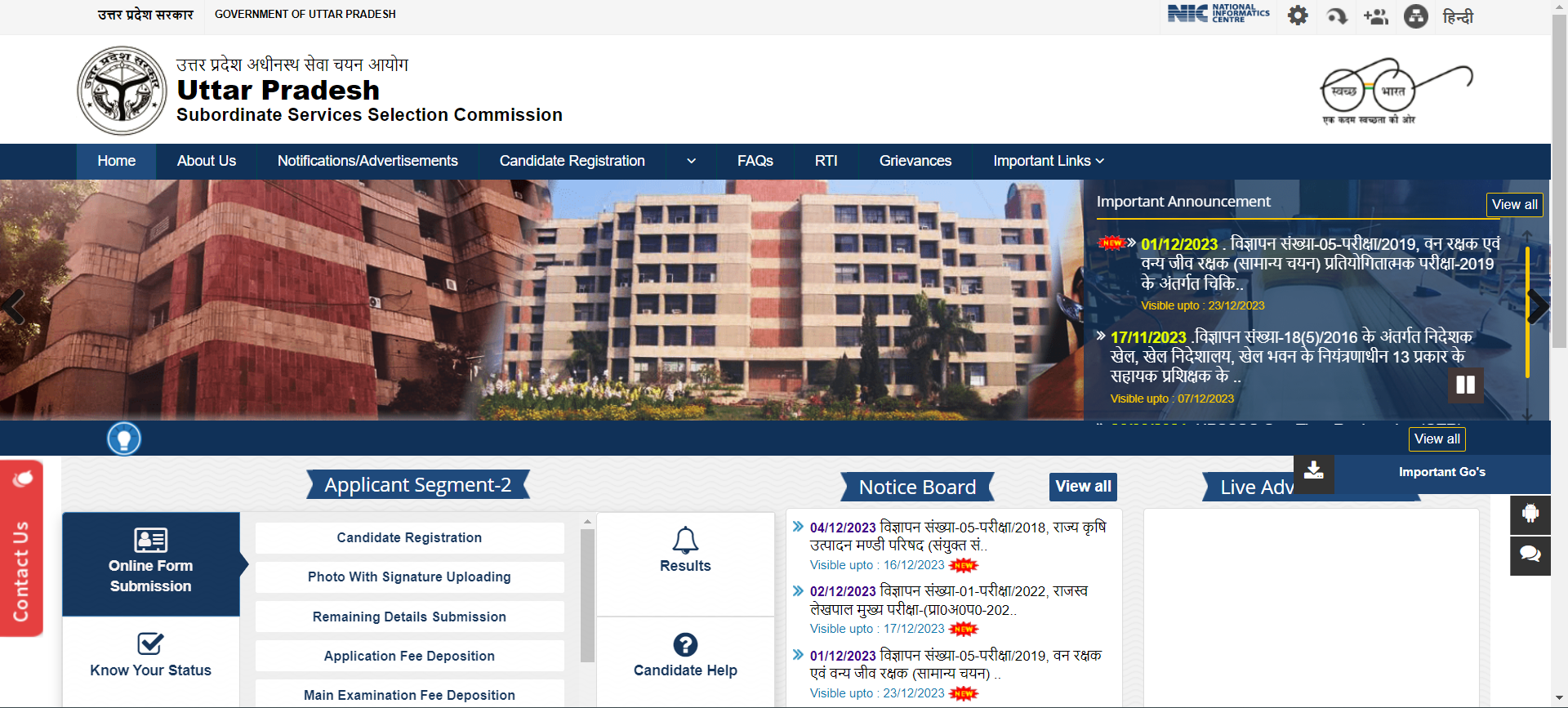NEET UG 2024 Biology Syllabus (Revised): NMC has released the updated syllabus of Biology for NEET 2024. Download the detailed syllabus in PDF here. Also, check the NEET Biology Deleted Syllabus 2024 to know the list of topics that have been removed from the syllabus.
NEET is a big test for students who want to become doctors in India. It’s a test to get into medical colleges for courses like MBBS and BDS. In NEET, Biology is super important because almost half the questions in the exam are from Biology. If you’re good at Biology, you can get more marks.
The questions in the Biology part of NEET are usually easy and based on concepts. So, if you understand Biology well, you can score better. To do well, you need to know the NEET Biology Syllabus and how the exam is set.
The National Medical Commission (NMC) recently updated the NEET Biology Syllabus for 2024. They added some new things and removed some old ones. To do well, it’s important to get the latest syllabus from the official website nmc.org.in. This will help you know what topics to study for NEET 2024 and how many marks each topic carries. Knowing this will help you focus more on important topics and do better in the exam.
In this article, we have provided the detailed NEET Biology Syllabus 2024 that mentions the Biology syllabus of class 11 and class 12 that is prescribed for NTA NEET 2024. The medical aspirants can check the chapters and topics from the detailed syllabus mentioned below. Also, check the exam pattern along with unit-wise weightage.
Out of the total 180 questions in the NEET Exam 2024, 90 questions will be asked from Biology as per the following format:
- Zoology – 45 Questions – 180 Marks
- Botany – 45 Questions – 180 Marks
| Subject | Section | No. of Questions | Marks |
| BOTANY | SECTION A | 35 | 140 |
| SECTION B | 15 (Only 10 to be attempted) | 40 | |
| Total | 45 | 180 | |
| ZOOLOGY | SECTION A | 35 | 140 |
| SECTION B | 15 (Only 10 to be attempted) | 40 | |
| Total | 45 | 180 | |
| Grand Total | 90 | 360 |
Thus, almost half of the paper will be dedicated to biology, making it a critical subject for scoring well.
Detailed NEET 2024 Biology REVISED Syllabus with Chapter-Wise Weightage (Table Format)
| S. No. | Class 11 | Weightage | Class 12 | Weightage |
| 1. | Diversity in Living World | 14% | Reproduction | 9% |
| 2. | Structural Organization in Animals and Plants | 5% | Genetics and Evolution | 18% |
| 3. | Cell Structure and Function | 9% | Biology and Human Welfare | 9% |
| 4. | Plant Physiology | 6% | Biotechnology and Its Applications | 4% |
| 5. | Human Physiology | 20% | Ecology and environment | 6% |
Check the following link to know all the necessary information regarding NEET 2024 Biology Exam Pattern and marking scheme:
NEET Biology Syllabus (Class 11)

UNIT I: Diversity in Living World
- What is living; Biodiversity; Need for classification; Taxonomy & Systematics; Concept of species and taxonomical hierarchy; Binomial nomenclature;
- Five kingdom classifications; salient features and classification of Monera; Protista and Fungi into major groups; Lichens; Viruses and Viroids.
- Salient features and classification of plants into major groups-Algae, Bryophytes, Pteridophytes, Gymnosperms (three to five salient and distinguishing features and at least two examples of each category)
- Salient features and classification of animals-nonchordate up to phyla level and chordate up to classes level (three to five salient features and at least two examples).
UNIT II: Structural Organisation in Animals and Plants
- Morphology and modifications; Tissues; Anatomy and functions of different parts of flowering plants: Root, stem, leaf, inflorescence- cymose and recemose, flower, fruit and seed (To be dealt along with the relevant practical of the Practical Syllabus) Family (malvaceae, Cruciferae, leguminoceae, compositae, graminae).
- Animal tissues; Morphology, anatomy and functions of different systems (digestive, circulatory, respiratory, nervous and reproductive) of an insect (Frog). (Brief account only)
UNIT III: Cell Structure and Function
Details:
- Cell theory and cell as the basic unit of life; Structure of prokaryotic and eukaryotic cell; Plant cell and animal cell; Cell envelope, cell membrane, cell wall; Cell organelles-structure and function; Endomembrane system-endoplasmic reticulum, Golgi bodies, lysosomes, vacuoles; mitochondria, ribosomes, plastids, micro bodies; Cytoskeleton, cilia, flagella, centrioles (ultrastructure and function); Nucleus-nuclear membrane, chromatin, nucleolus.
- Chemical constituents of living cells: Biomolecules-structure and function of proteins, carbohydrates, lipids, nucleic acids; Enzymes-types, properties, enzyme action, classification and nomenclature of anzymes.
- B Cell division: Cell cycle, mitosis, meiosis and their significance.
UNIT IV: Plant Physiology
- Photosynthesis: Photosynthesis as a means of Autotrophic nutrition; Site of photosynthesis take place; pigments involved in Photosynthesis (Elementary idea); Photochemical and biosynthetic phases of photosynthesis; Cyclic and non cyclic and photophosphorylation; Chemiosmotic hypothesis; Photorespiration C3 and C4 pathways; Factors affecting photosynthesis.
- Respiration: Exchange gases; Cellular respiration-glycolysis, fermentation (anaerobic), TCA cycle and electron transport system (aerobic); Energy relations-Number of ATP molecules generated; Amphibolic pathways; Respiratory quotient.
- Plant growth and development: Seed germination; Phases of Plant growth and plant growth rate; Conditions of growth; Differentiation, dedifferentiation and redifferentiation; Sequence of developmental process in a plant cell; Growth regulators-auxin, gibberellin, cytokinin, ethylene, ABA;
UNIT V: Human Physiology
- Breathing and Respiration: Respiratory organs in animals (recall only); Respiratory system in humans; Mechanism of breathing and its regulation in humans-Exchange of gases, transport of gases and regulation of respiration Respiratory volumes; Disorders related to respiration-Asthma, Emphysema, Occupational respiratory disorders.
- Body fluids and circulation: Composition of blood, blood groups, coagulation of blood; Composition of lymph and its function; Human circulatory system-Structure of human heart and blood vessels; Cardiac cycle, cardiac output, ECG, Double circulation; Regulation of cardiac activity; Disorders of circulatory system-Hypertension, Coronary artery disease, Angina pectoris, Heart failure.
- Excretory products and their elimination: Modes of excretion- Ammonotelism, ureotelism, uricotelism; Human excretory system-structure and fuction; Urine formation, Osmoregulation; Regulation of kidney function-Renin-angiotensin, Atrial Natriuretic Factor, ADH and Diabetes insipidus; Role of other organs in excretion; Disorders; Uraemia, Renal failure, Renal calculi, Nephritis; Dialysis and artificial kidney.
- Locomotion and Movement: Types of movement- ciliary, fiagellar, muscular; Skeletal muscle- contractile proteins and muscle contraction; Skeletal system and its functions (To be dealt with the relevant practical of Practical syllabus); Joints; Disorders of muscular and skeletal system-Myasthenia gravis, Tetany, Muscular dystrophy, Arthritis, Osteoporosis, Gout.
- Neural control and coordination: Neuron and nerves; Nervous system in humans- central nervous system, peripheral nervous system and visceral nervous system; Generation and conduction of nerve impulse; Reflex action
- Chemical coordination and regulation: Endocrine glands and hormones; Human endocrine system-Hypothalamus, Pituitary, Pineal, Thyroid, Parathyroid, Adrenal, Pancreas, Gonads; Mechanism of hormone action (Elementary Idea); Role of hormones as messengers and regulators, Hypo-and hyperactivity and related disorders (Common disorders e.g. Dwarfism, Acromegaly, Cretinism, goiter, exopthalmic goiter, diabetes, Addison’s disease).
(Imp: Diseases and disorders mentioned above to be dealt in brief.)
NEET Biology Syllabus (Class 12)
UNIT VI: Reproduction
- Sexual reproduction in flowering plants: Flower structure; Development of male and female gametophytes; Pollination-types, agencies and examples; Outbreeding devices; Pollen-Pistil interaction; Double fertilization; Post fertilization events-Development of endosperm and embryo, Development of seed and formation of fruit; Special modes-apomixis, parthenocarpy, polyembryony; Significance of seed and fruit formation.
- Human Reproduction: Male and female reproductive systems; Microscopic anatomy of testis and ovary; Gametogenesis-spermatogenesis & oogenesis; Menstrual cycle; Fertilisation, embryo development upto blastocyst formation, implantation; Pregnancy and placenta formation (Elementary idea); Parturition (Elementary idea); Lactation (Elementary idea).
- Reproductive health: Need for reproductive health and prevention of sexually transmitted diseases (STD); Birth control-Need and Methods, Contraception and Medical Termination of Pregnancy (MTP); Amniocentesis; Infertility and assisted reproductive technologies – IVF, ZIFT, GIFT (Elementary idea for general awareness).
UNIT VII: Genetics and Evolution
- Heredity and variation: Mendelian Inheritance; Deviations from Mendelism-Incomplete dominance, Co-dominance, Multiple alleles and Inheritance of blood groups, Pleiotropy; Elementary idea of polygenic inheritance; Chromosome theory of inheritance; Chromosomes and genes; Sex determination-In humans, birds, honey bee; Linkage and crossing over; Sex linked inheritance-Haemophilia, Colour blindness; Mendelian disorders in humans-Thalassemia; Chromosomal disorders in humans; Down’s syndrome, Turner’s and Klinefelter’s syndromes.
- Molecular basis of Inheritance: Search for genetic material and DNA as genetic material; Structure of DNA and RNA; DNA packaging; DNA replication; Central dogma; Transcription, genetic code, translation; Gene expression and regulation-Lac Operon; Genome and human genome project; DNA finger printing, protein biosynthesis.
- Evolution: Origin of life; Biological evolution and evidences for biological evolution from Paleontology, comparative anatomy, embryology and molecular evidence); Darwin’s contribution, Modern Synthetic theory of Evolution; Mechanism of evolution-Variation (Mutation and Recombination) and Natural Selection with examples, types of natural selection; Gene flow and genetic drift; Hardy-Weinberg’s principle; Adaptive Radiation; Human evolution.
UNIT VIII: Biology and Human Welfare
- Health and Disease; Pathogens; parasites causing human diseases (Malaria, Filariasis, Ascariasis. Typhoid, Pneumonia, common cold, amoebiasis, ring worm, dengue, chikungunya); Basic concepts of immunology-vaccines; Cancer, HIV and AIDS; Adolescence, drug and alcohol abuse, Tobacco abuse
- Improvement in food production; Plant breeding, tissue culture, single cell protein, Biofortification; Apiculture and Animal husbandry.
- Microbes in human welfare: In household food processing, industrial production, sewage treatment, energy generation and as biocontrol agents and biofertilizers.
UNIT IX: Biotechnology and Its Applications
- Principles and process of Biotechnology: Genetic engineering (Recombinant DNA technology).
- Application of Biotechnology in health and agriculture: Human insulin and vaccine production, gene therapy; Genetically modified organisms-Bt crops; Transgenic Animals; Biosafety issues-Biopiracy and patents.
UNIT X: Ecology and Environment
- Organisms and environment: Population interactions-mutualism, competition, predation, parasitism; Population attributes-growth, birth rate and death rate, age distribution.
- Ecosystem: Patterns, components; productivity and decomposition; Energy flow; Pyramids of number, biomass, energy.
- Biodiversity and its conservation: Concept of Biodiversity; Patterns of Biodiversity; Importance of Biodiversity; Loss of Biodiversity; Biodiversity conservation; Hotspots, endangered organisms, extinction, Red Data Book, biosphere reserves, National parks and sanctuaries.
- sanctuaries.
| Download NEET Biology REVISED Syllabus 2024 in PDF |
READ MORE:Tamil Nadu 12th Board Exam Topper: Labourer’s Daughter scored 600 out of 600 in the 12TH Board exam!

Read More : DSSSB Vacancy 2023: How to apply to DSSSB? Salary, age limit, and exam pattern?




